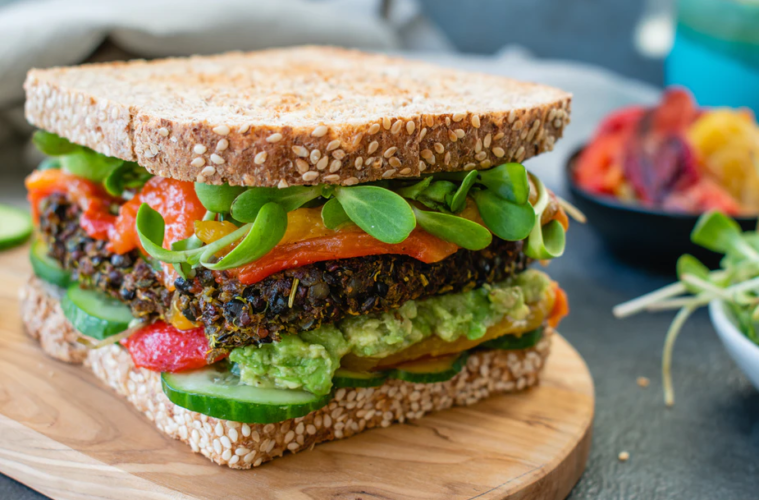For years now, veganism has been causing quite the commotion in the world of diet. Allies of the stricter version of the wildly popular vegetarian diet swear by its extensive list of benefits to humans and the environment. Multiple studies have shown that following a vegan diet can reduce the risk of many chronic diseases, including high blood pressure, high cholesterol, and heart diseases, to name a few. Furthermore, eating plant-based food can help contain the global ecological crisis perpetuated by soil degeneration and extensive meat farming. Not to mention the often unethical animal slaughter that takes place every day to keep up with the ever-rising demand for meat.
If you’re considering veganism, or maybe you just want to give it a try first before deciding if it’s right for you, you need to learn about your options. Nowadays, you can find numerous vegan-friendly meat alternatives to help smoothen the drastic shift in your diet. Here are some popular examples.
Tofu
It’s incredibly rare to find a vegan diet that doesn’t include tofu. This protein-packed vegan meat is made from soybean curd and is a staple in every non-meat eater’s kitchen. It’s versatile, nutritious, and easy to incorporate in almost any vegan dish. At first, you might be put off by its chalk-like color and rubbery texture. However, once you learn some tips and tricks on how to choose the right type for each dish, you’ll be pleasantly surprised by the results. Tofu comes in many forms; however, it can be roughly categorized as silken, medium, and firm. While the taste is almost the same, it’s the texture that varies from one type to the other. Based on the dish you’re cooking, you must identify the right type.
For example, if you’re preparing a healthy green smoothie for your post-workout meal, silken tofu will be best to boost your protein intake without messing up the consistency of your shake. Medium tofu, on the other hand, is better suited for frying, sauteing, and grilling. It’s firm enough to hold its shape but at the same time has enough porosity to absorb flavors and spices. Finally, firm tofu is the ultimate choice if your recipe is calling for steak. Don’t be afraid to try different recipes and create your concoctions to figure out how to replace meat with tofu in your daily meals. Before you know it, you’ll get the hang of it, and maybe even you’ll start sharing your recipes with your friends and family to encourage them to make the change.
Tempeh
Like tofu, tempeh is a fiber and protein-rich meat alternative made from soybeans – however, the main difference between the two lies in their preparation methods. As mentioned above, tofu is made from curds resulting from coagulating the beans, while tempeh is made by fermenting the beans. Tempeh has a more distinctive flavor than tofu that can best be described as earthy and nutty. However, those who prefer tempeh are primarily looking for a substitute that offers the same texture of meat rather than the taste. Unfortunately, tempeh can be hard to find, but the widespread availability of the so-called vegan butcher shop made such products much more accessible than ever before.
According to vegan culinary experts, steaming tempeh is key if you’re not a fan of its overly bitter taste. You can add vegetable broth to steam your tempeh, let it simmer for a few minutes, and then cook it any way you prefer. Otherwise, if you don’t have the time to steam, you can always marinate oil-coated tempeh using your preferred seasoning mix before blackening it in a stir fry pan to add some texture to your soups and salads.
Seitan
Seitan is made from wheat gluten and has been used in Asian cuisine for many years. It’s a lot chewier than soy meat alternatives posing as a great substitute for beef chunks, yet it’s not as popular because of its gluten content. Many people are dropping gluten from their diets because they believe it triggers their gut inflammation, so for them, seitan isn’t an option. However, if you don’t mind gluten, this low-fat and high protein product can prove to be your go-to meat alternative. The cool thing about it is that you can prepare it yourself if you’re on a tight budget. Seitan can be used in stews and soups or stir-fried in a hot pan along with some fresh veggies.

Meat alternatives are no longer hard to find like before. As more people are becoming environmentally conscious and moving toward healthier lifestyles, the once alien products are now more accessible. Check the above options and try different cooking methods before you decide which one is your favourite.


